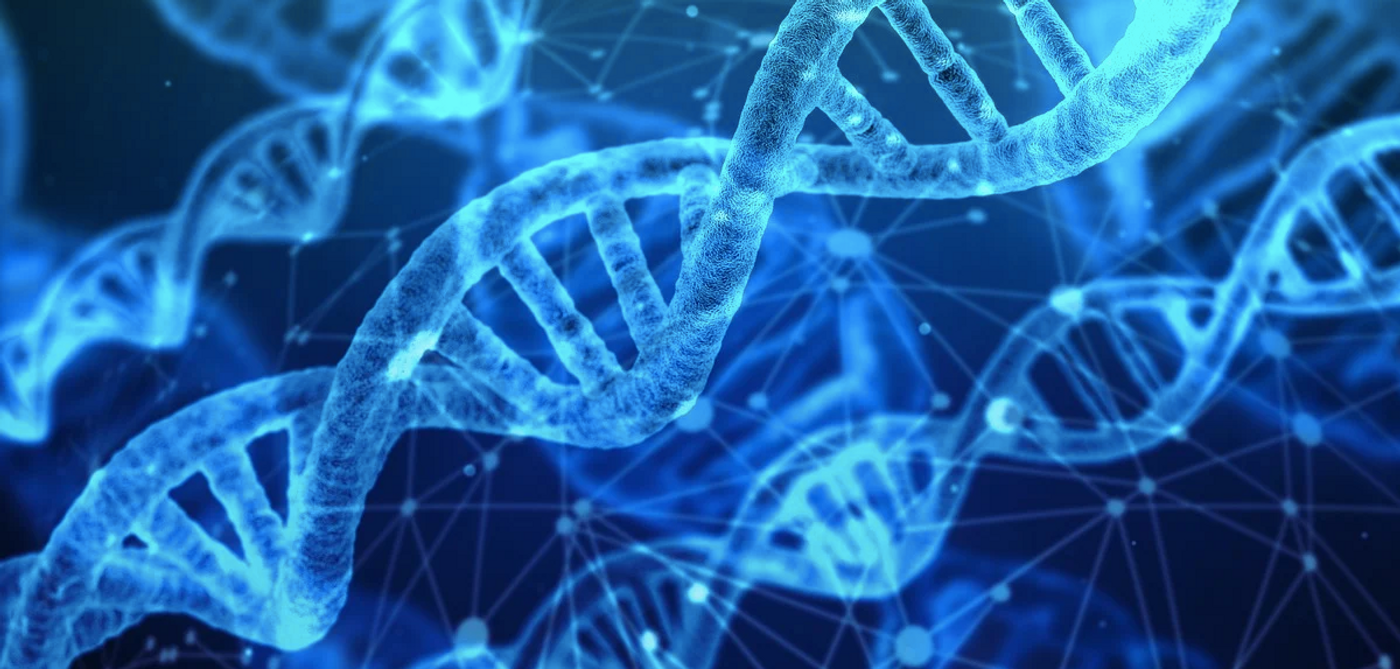The Effect of a Genetic Mutation Can Change Over Time, and Evolution
Geneticists have sought to understand the impact of genetic mutations, and what drives and maintains changes in DNA. Researchers have now reconstructed the evolution of a set of genes, and the mutations that occurred in those sequences over time. One might assume that the same mutation would have a similar effect, whether it happens in the same gene at different points in evolutionary time, or whether it happens in very similar proteins. But that turns out not to be the case. The impact of a genetic mutation seems to depend on the rest of the gene sequence, and as other places in that sequence change, the effect of the mutation also changes.
Reporting in Science, researchers assessed over 25,000 genetic mutations in a set of nine genes. The various mutants were also incorporated into yeast cells, and using cell-sorting technologies, the researchers assayed the function of each one.
As this set of genes evolved naturally, mutations occurred steadily but randomly. But specific mutations that arose in the sequence might have been inconsequential to the cell at one point, and detrimental to the cell at another point in time. The fate of each gene seems to not only depend on natural selection, but also on what else is happening in the gene sequence at that point in time.
"Many people think that natural selection has optimized all of our genes to do the best job possible," noted senior study author Joseph Thornton, Ph.D., of the University of Chicago. "Our results show that present-day genes are the result of a particular cascade of random but consequential chance events, each of which determined the next steps that evolution could take at every moment in history."
A mutation can be tested to see how it affects the current sequence of a gene. But it seems that inferences cannot be made about how that same mutation might impact previous or future versions of that gene.
Genes can have epistatic effects - the influence of a mutation might depend on mutations in other genes as well as mutations in the same gene. But this research has indicated that there is epistatic drift; as epistatic sites in genes change, the influence it has on other mutations also changes.
"We were surprised by how pervasive epistatic drift is, and also by how gradual and steady it seems to be," said first study author Yeonwoo Park, a graduate candidate in Genetics, Genomics, and Systems Biology. "Big episodic jumps were rare. Some mutations drift fast, some more slowly, but each one progressively forgets the effects it once had in the ancestor, and in the future, it will eventually forget the effects that it has today."
This research has suggested that characterizing mutations is more complex than we thought, but it's still possible. With the SARS-CoV-2 virus, for example, as the virus gradually evolves away from the original version, it will become more difficult to predict the impact of a mutation. But, with a series of experiments that capture the effect of every possible mutation, it's easier to make accurate predictions about their impacts, explained Thornton.
The researchers are now expanding their research to include every possible mutation that could have happened in the nine sequences under study. Millions of mutations will be investigated to learn more about epistatic drift and genetic interactions that occurred over evolutionary time.
Sources: University of Chicago, Science









